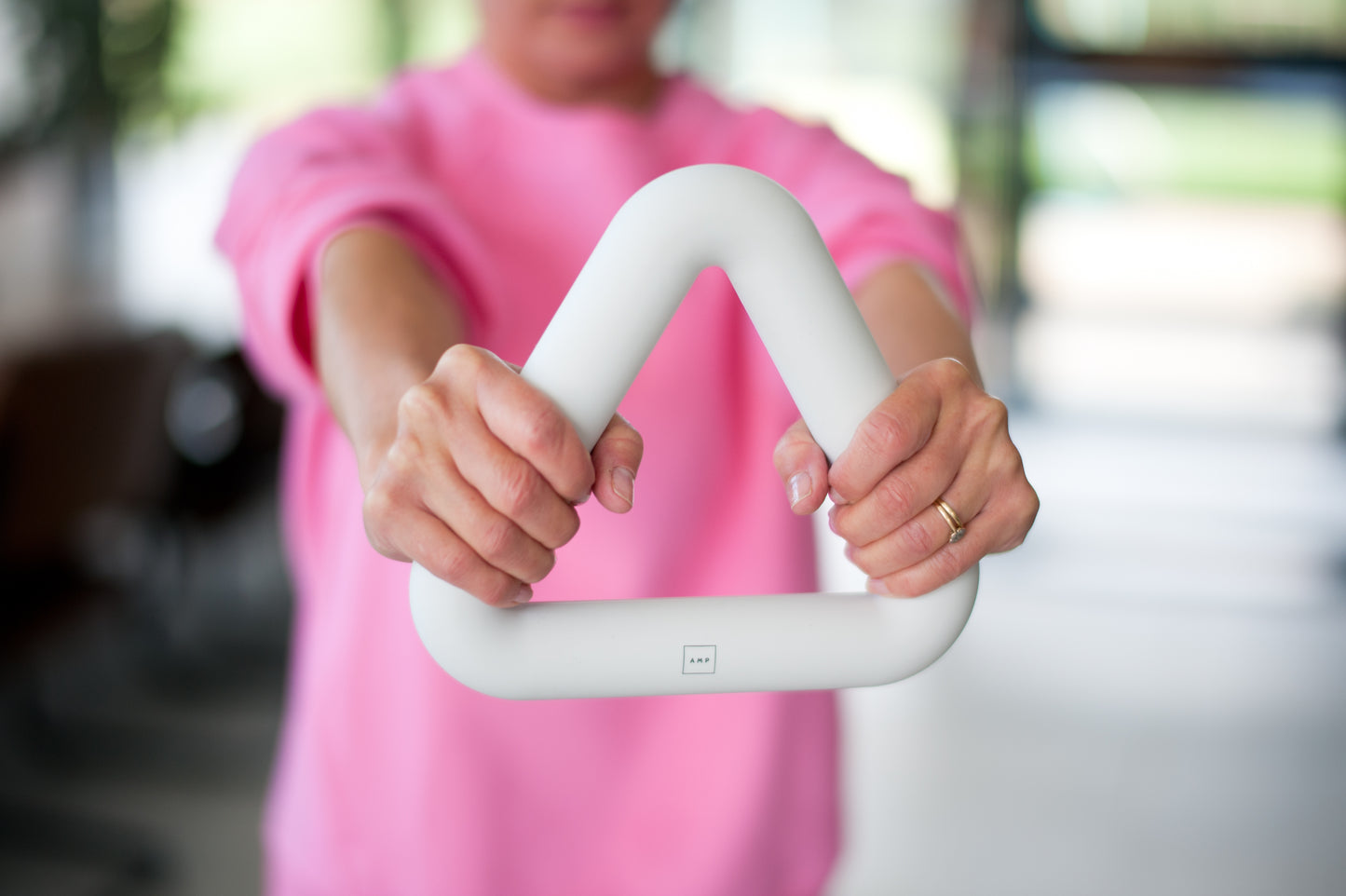Written by Sarah Best, Find UR Fit
When we think about exercising we might think of improving our fitness or building muscle, but what about our brains! Exercise is crucial for maintaining brain health + reducing the risk of cognitive decline, particularly for women in midlife experiencing hormonal changes + those post menopause. Here are 6 ways exercise can help towards our brain function.
- Increased Blood Flow: Exercise helps with better blood circulation. As we exercise we are encouraging our red blood cells to deliver oxygen + vital nutrients to our brains.
- Hormone Release: physical activities trigger the release of our neurotransmitters like dopamine + serotonin. These chemicals often known as our 'happy hormones' are associated with boosting our mood, learning ability, memory + focus.
- Neurogenesis: Research has shown movement can encourage the creation of new neurons. These are primarily found in the hippocampus, influencing memory + learning as well as regulating our neurotransmitters (our hormone release!). It also enhances brain plasticity + is essential for recovery from injury + the effects of aging. Aerobic exercises such as running + those we do in Fitness Bites are shown to be particularly beneficial as they can actually increase the size of the hippocampus which can result in improved spatial memory (that's remembering where things are or how to get places!)
- Synaptogenesis: It also promotes the formation of new connections between brain cells - these are known as synapses which can increase cognitive function as well as our fine motor functioning.
- BDNF production - exercise increases the production of BDNF - this is a protein that supports the growth + health of our neurons. More neurons = better cognitive function!!
- Stress Relief - high stress + anxiety can have a real impact on our brain health! Of course exercise can counteract this by acting as a stress reliever. Just a few minutes can have an instant impact.
So how much exercise do we need to do to have an impact on our brain health? Studies have suggested 2.5 hours a week for improved brain health - this includes specific workouts, as well as walking, stretching + movement of any kind.

Follow Sarah at Find UR Fit on Instagram for fitness inspiration and quick workouts you can easily fit into your day.
Find this weighted core workout with our strength bars in our Workout Centre!
Of course exercise is only part of the puzzle - diet, sleep, staying hydrated, mental stimulation, environment + genetics all play a part in our brain health but EXERCISE can play a powerful role in keeping our brains healthy in midlife + beyond!!
If you would like to find our more about how you can include exercise in your week, you can get in touch with Sarah here at Find UR Fit.



























